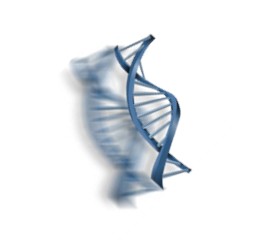Those multitasking, gun-toting TV CSIs perform DNA tests at record-breaking speeds. After all, they need to solve a crime in 44 minutes (allowing for commercials). The speed of real DNA analysis is catching up.
IntegenX® (Pleasanton, CA) has introduced its RapidHIT 200, which enables investigators to run a DNA test in a quick 90 minutes. The portable RapidHIT 200 is about the size of a small copy machine, and it analyzes DNA in a cheek swab. The device will allow law enforcement officers to quickly identify genuine suspects and eliminate people unrelated to the criminal activity.
“You’re going to see it in the field more,” said Jay Henry, laboratory director for the Bureau of Forensic Services (Salt Lake City). “The crime lab will be the crime scene. You can find out a lot more at the crime scene itself.”
The IntegenX website provides details about this technology, including a link to a recent Evidence Technology Magazine article highlighting RapidHIT.




